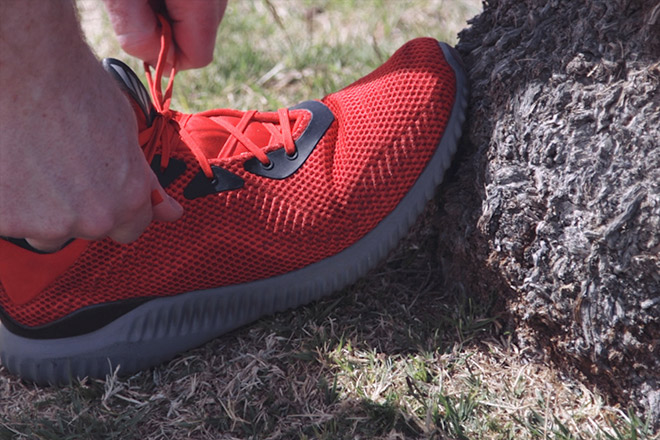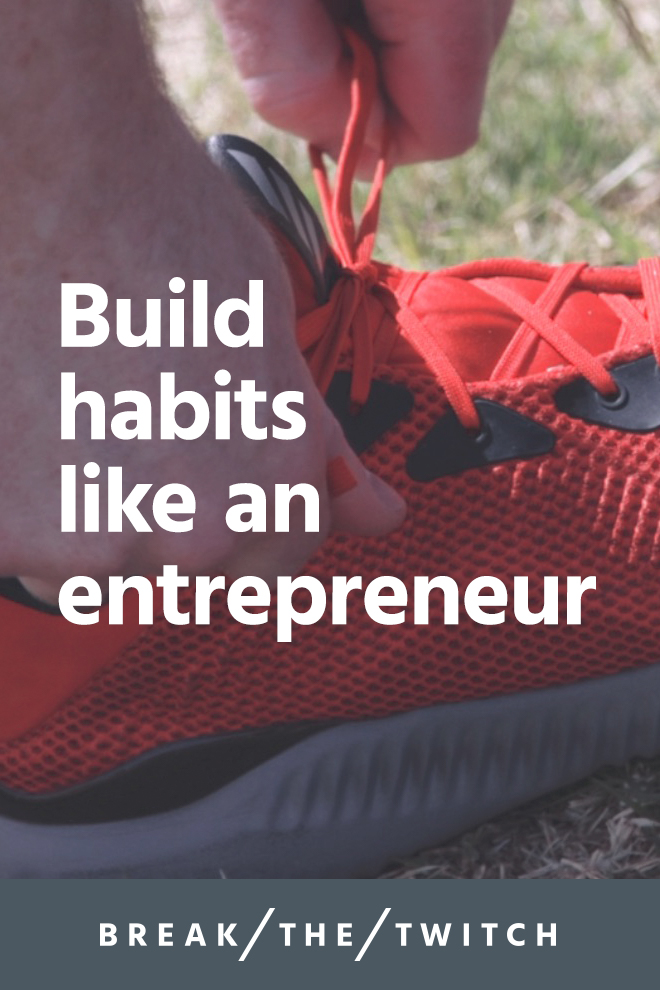
There’s much to be gleaned from entrepreneurship, even when it comes to something as everyday as how to build habits in your daily life.
The process behind entrepreneurship has always been a fascinating one to me: you see a need, create a solution, tell people about it, improve people’s lives and earn a living (or much more).
Especially very early on, there’s a scrappy element to doing whatever possible to bring an idea into reality. I really like the fact that while you can think about an idea all day, until you actually try to build it, nothing much will happen. The core of entrepreneurship requires very little in the way of traditional education or schooling.
If you can buy or create something, then sell it for more than you created it for, you’re an entrepreneur. It’s as simple as that.
Over the last few years of exploring intentional living, I’ve found that there are many tie-ins from the world of entrepreneurship.
Such as the scrappiness that comes with taking an idea and putting it into action as quickly and efficiently as possible. As well as the trial and error mentality that so many businesses need to have in order to be successful over the long term. In particular, there’s a system called the Lean Startup Methodology that has principles that apply very well to building habits, and I’ve found to be particularly effective in my life.
The starting concept is something called building a Minimally Viable Product—an MVP.
Entrepreneurs and startups will use an MVP to test an idea they have and see if it functions well out in the world. It’s a somewhat-working, preliminary version that resembles the final product. With this beta version, they let people provide feedback on it so they can get the gears in motion as quickly as possible.
Once the feedback is received, it is implemented into the MVP to create a more advanced version with the updated features. This process continues until the final product is built and ready to ship.
This MVP process can be applied directly in how to build habits over the long term.
To illustrate, I’ll share two examples on how. Let’s say you want to start one of the following two habits: eating healthier or exercising consistently.
Minimally Viable Action
What I refer to as minimally viable action stems from MVP. In this case though, you’re going to take the end goal you want to achieve, and think of the most efficient and scrappiest way to take action towards it.
This is a very small, easily done action that reflects your ultimate goal—the minimally viable action.
Much like a minimally viable product, it might not work perfectly, it might be preliminary, but it’s a step forward that will lead to a greater result over time. For eating healthier, this would be the equivalent of eating a few bites of broccoli with your dinner. For exercising more consistently, it would be simply putting on your shoes and walking a bit outside.
What matters is doing what feels easy, simple, and repeatable in order to build habits.
The biggest mistake with this step is trying to go too big, too fast. The goal here isn’t to build the best habit you can in one day; it’s to do something that you will be able to repeat tomorrow, and the day after that.
Test, Improve, Repeat
Once you have your minimally viable action, the next step is to test it, improve it, and repeat it.
If you find that broccoli isn’t your thing, you can try carrots or kale. If despite walking faster (or longer and slower), you’re not seeing results, try biking or doing a few push-ups at home.
It’s all about taking your minimally viable action and testing it out to see how it feels.
I’d recommend testing it out for a minimum of 21 days and a maximum of 90 days, similar to what I wrote about lifestyle experiments. You want the duration to be long enough to experience the longer-term results, but short enough so that it’s manageable.
Again, the goal is never to do as much as possible in a single day; it’s to do enough so that you can do it again the next day.
PIVOT!
Finally, sometimes things simply don’t work or require a bit of adjustment.
In the case of an entrepreneur, the minimally viable product might not be something any customers want. It might not solve the problem as well as you thought it did, among many other issues. At that point, you can pivot. You can use your product to solve an entirely different problem. Or you can scrap your prototype and meet the market’s needs in a different way.
Similarly, if eating a little bit of broccoli daily isn’t generating healthier results, perhaps you can try a new strategy. You might try cooking larger amounts of healthy meals and then portioning them out for the week, or cutting out sugar from your diet.
Taking your minimally viable action and pivoting when it’s not working will lead you to what ends up working.
Sometimes things just don’t work or habits drop off—and that’s just how life shakes out. It’s really up to you to restart or figure out what will work better, even if it’s a trial at something else. Eventually, you’ll find something that works well for you and helps you accomplish the overall goal you had in mind.
Over the years, I’ve seen significant results from minimally viable actions—and from testing, improving, repeating and pivoting—on what matters to me. There may be failures and restarts along the way, but each little step adds up to something far greater over time.
Many entrepreneurs have built great companies this way. Most importantly, this is how you can build habits leading to the results you want in the upcoming months and years.

